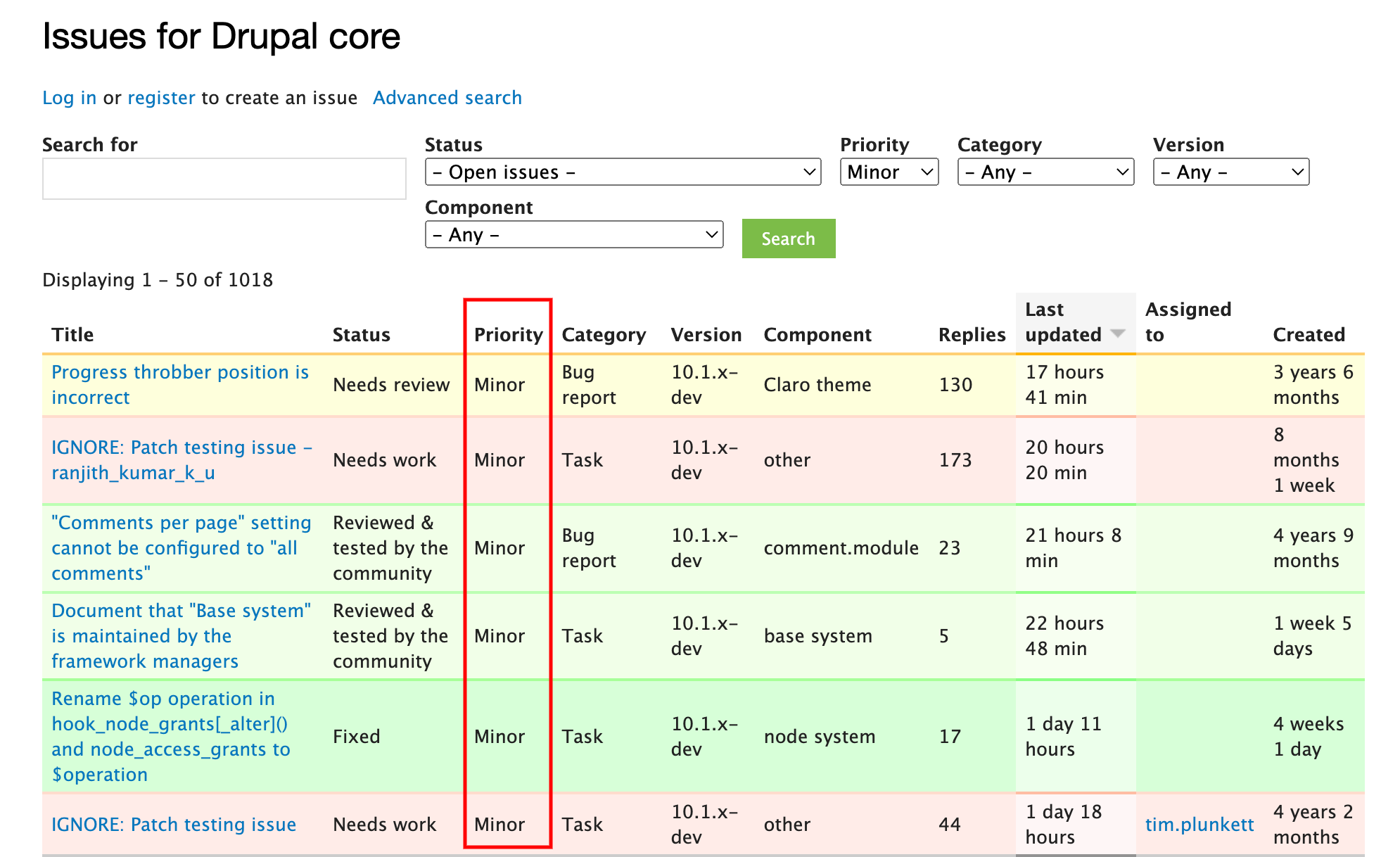Beginners Guide
This is a beginners guide to Drupal. Here you can find all the basic information about Drupal. This guide is for those who are new to Drupal and want to learn Drupal from scratch. This guide will help you to understand the basics of Drupal and how to get started with Drupal.

Here are some steps you can follow to create patches for Drupal code that are easy
- Choose an issue to work on: Drupal has a large number of issues that need to be resolved, ranging from bugs to feature requests. Choose an issue that is labeled “Novice” or “Easy” to get started.
- Read the issue description: Read the issue description carefully to understand the problem and the requirements of the issue.
- Setup a local development environment: Setup a local development environment to work on the issue. You can use tools like ddev or Lando to setup your development environment quickly.
- Create a patch: Once you have identified the issue and made the necessary code changes, you can create a patch file. To create a patch file, use the git diff command or git add -p command to generate a patch file.
- Test the patch: Test the patch to make sure it works as expected. Run the tests provided by Drupal to ensure that the patch does not introduce any new bugs or issues.
- Upload the patch: Upload the patch to the issue queue on Drupal.org. Provide a detailed description of the changes you have made, and include any necessary documentation or instructions.
- Get feedback: The Drupal community will review your patch and provide feedback. Be open to feedback and willing to make changes as necessary.
- Iterate and refine: Based on the feedback, iterate and refine your patch until it is accepted by the Drupal community.
Remember, creating patches for Drupal code is a collaborative effort, and everyone’s contribution is valuable. Start with easy issues, ask for help when needed, and have fun contributing to the Drupal community.